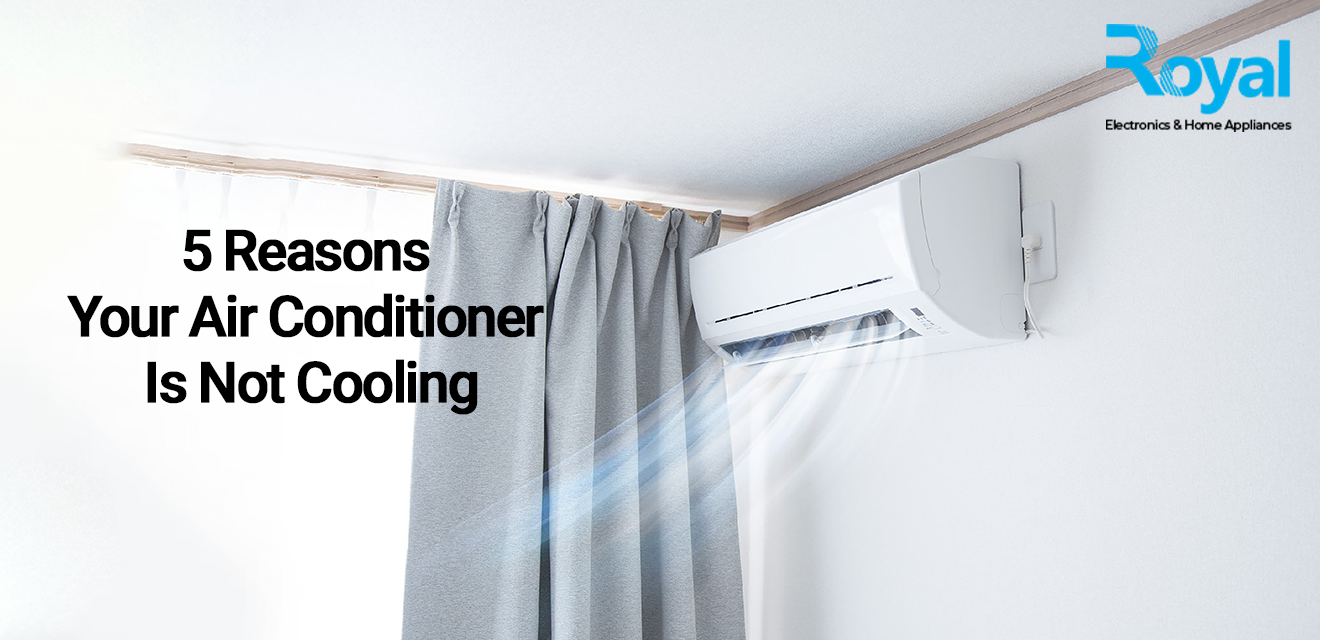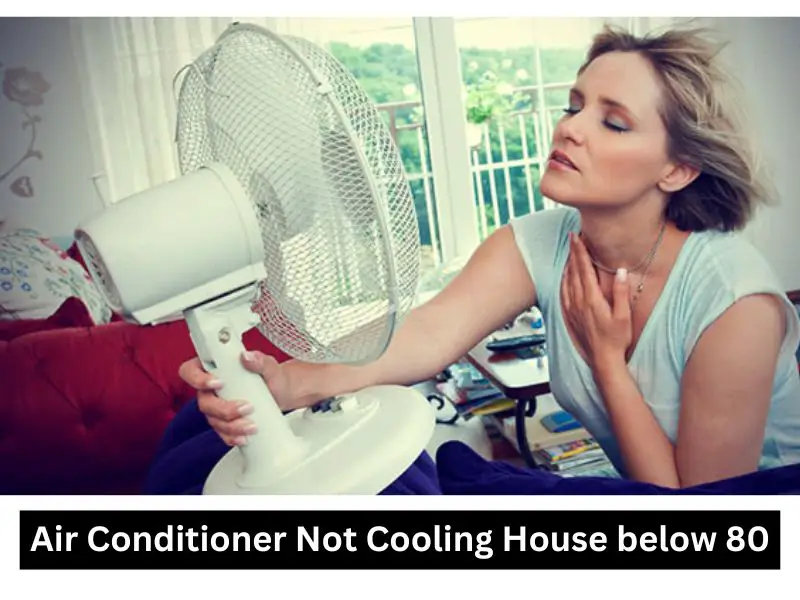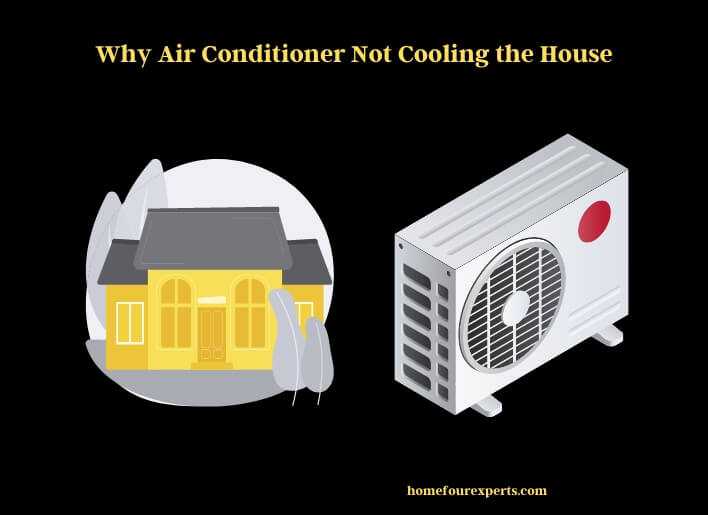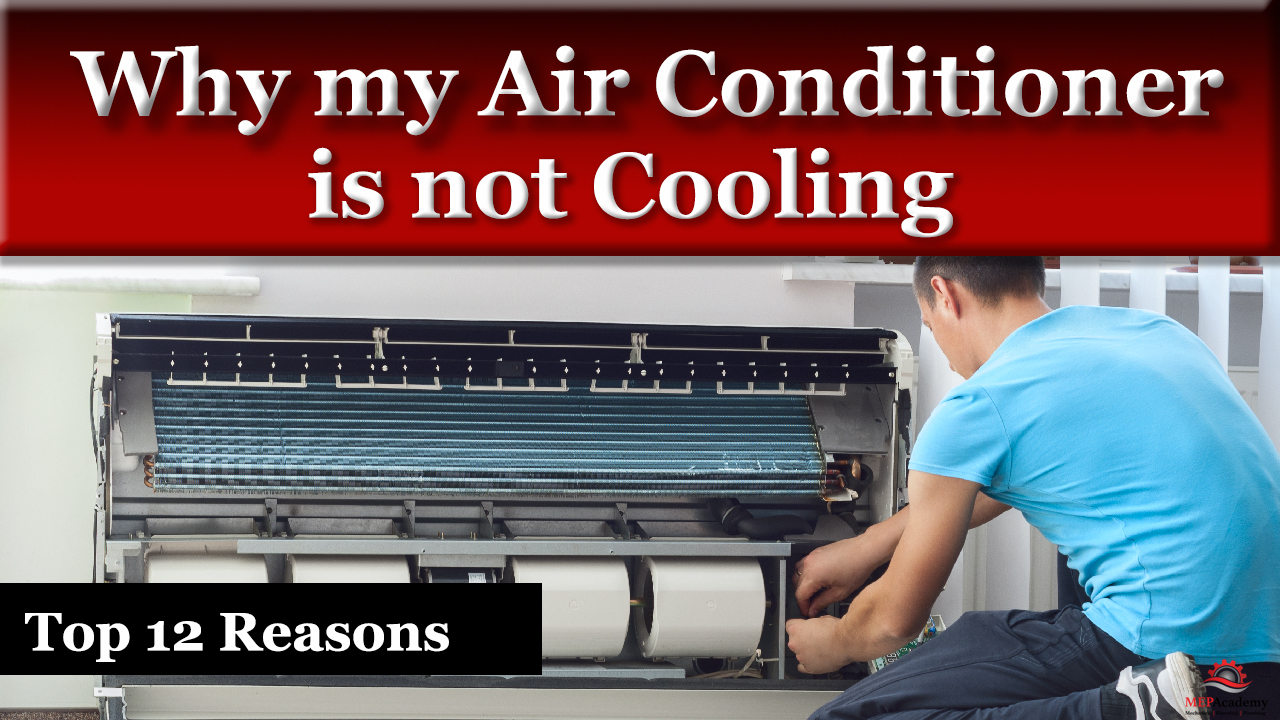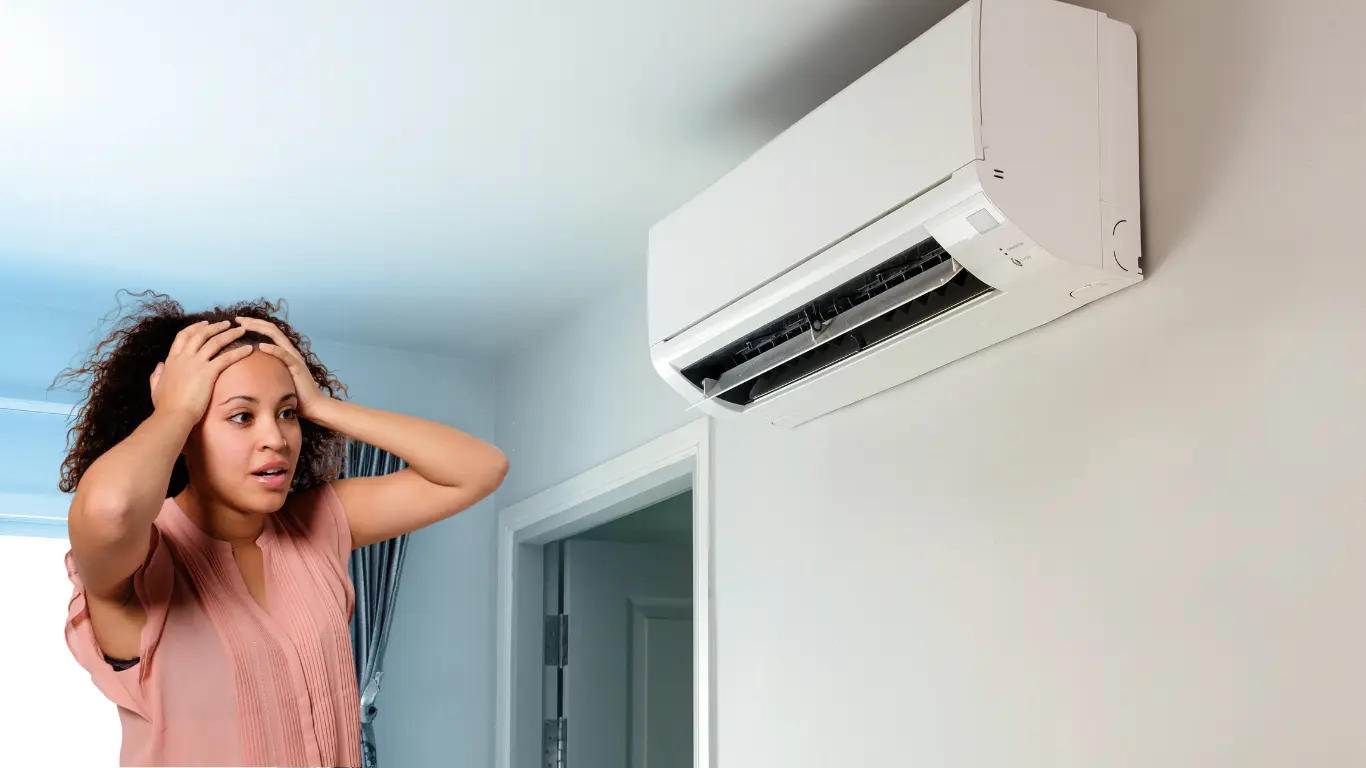Why Air Conditioner Not Cooling In House

A sweltering home despite a running air conditioner is a homeowner's nightmare. Understanding why your air conditioner isn't cooling effectively is crucial, allowing you to diagnose the problem and potentially avoid costly repairs or premature system replacement. This guide explores the common causes of insufficient cooling, offering actionable solutions and preventative measures to keep your home comfortable and your HVAC system running efficiently.
Common Culprits Behind Poor Air Conditioning Performance
Several factors can contribute to a less-than-cool home. Let's break down the most frequent offenders:
Refrigerant Leaks
Refrigerant is the lifeblood of your AC system, responsible for absorbing heat from inside your home and releasing it outdoors. A leak, even a small one, will reduce the system's cooling capacity. Signs of a refrigerant leak include:
- Hissing or bubbling noises near the unit
- Ice buildup on the refrigerant lines or evaporator coil
- Higher-than-usual energy bills
- A noticeable decrease in cooling performance
Refrigerant leaks require professional attention. Attempting to fix them yourself is dangerous and can violate environmental regulations. A certified HVAC technician can locate and repair the leak, then recharge the system with the correct amount of refrigerant.
Dirty Air Filters
This is the most common, and often the easiest to fix, cause of poor AC performance. A clogged air filter restricts airflow, forcing your AC unit to work harder and reducing its cooling efficiency. It also allows dust and debris to accumulate on the evaporator coil, further hindering heat transfer.
Solution: Check your air filter monthly and replace it when it's dirty. In general, a cheap fiberglass filter needs replacement every 1-3 months, while pleated filters can last up to 6 months. Consider a higher MERV (Minimum Efficiency Reporting Value) rated filter for better air quality, but ensure it doesn't excessively restrict airflow, especially in older systems.
Dirty Condenser Coils
The condenser coils, located in the outdoor unit, release the heat absorbed from your home. Over time, these coils can become covered in dirt, leaves, pollen, and other debris, reducing their ability to dissipate heat effectively.
Solution: Regularly inspect the condenser coils and clean them as needed. You can use a garden hose with a gentle spray nozzle to wash away surface debris. Be careful not to bend the delicate fins. For stubborn dirt, a commercially available coil cleaner can be used, following the manufacturer's instructions. Disconnecting the power to the unit before cleaning is crucial for safety.
Blocked or Leaky Ductwork
Ductwork distributes cooled air throughout your home. If ducts are blocked by furniture, insulation, or other obstructions, airflow will be restricted. Leaky ducts allow cooled air to escape into unconditioned spaces like attics or crawlspaces, wasting energy and reducing cooling effectiveness.
Solution: Ensure that all vents are open and unobstructed. Inspect ductwork for visible leaks, especially at joints and seams. Sealing leaks with duct tape or mastic can improve efficiency. For extensive ductwork repairs or replacements, consider hiring a professional.
Frozen Evaporator Coil
A frozen evaporator coil restricts airflow and prevents the AC from cooling properly. This is often caused by low refrigerant, a dirty air filter, or a blocked duct.
Solution: Turn off the AC unit and allow the coil to thaw completely. This may take several hours. Once thawed, address the underlying cause (e.g., replace the air filter, check for refrigerant leaks). If the problem persists, contact a qualified HVAC technician.
Oversized or Undersized AC Unit
An oversized AC unit will cool the house too quickly and cycle on and off frequently. This can lead to uneven temperatures, increased humidity, and premature wear and tear on the system. An undersized unit, on the other hand, will run constantly and struggle to maintain a comfortable temperature, especially on hot days.
Solution: Proper sizing is critical for optimal performance. Consult with a qualified HVAC professional to determine the correct size AC unit for your home based on factors such as square footage, insulation levels, window orientation, and climate.
Faulty Components
Various mechanical and electrical components can fail, leading to cooling problems. These include:
- Compressor: The heart of the AC system, responsible for circulating refrigerant. A failing compressor can significantly reduce cooling capacity.
- Capacitor: Provides the electrical boost needed to start the compressor and fan motors. A faulty capacitor can prevent the unit from starting or running efficiently.
- Fan Motor: Circulates air across the condenser and evaporator coils. A failing fan motor will reduce heat transfer and cooling performance.
- Thermostat: Controls the on/off cycles of the AC unit. A faulty thermostat can cause the unit to run constantly or not at all.
These issues require professional diagnosis and repair.
Preventative Maintenance: Keeping Your AC Running Cool
Regular maintenance is key to preventing cooling problems and extending the lifespan of your AC system. Consider these preventative measures:
- Regularly inspect and clean the air filter.
- Clean the condenser coils annually.
- Schedule annual professional maintenance. A qualified HVAC technician can inspect and clean the system, check refrigerant levels, test components, and identify potential problems before they become major issues.
- Ensure proper ventilation around the outdoor unit. Keep plants and shrubs trimmed back to allow for adequate airflow.
- Consider a programmable thermostat. This can help you optimize cooling schedules and reduce energy consumption.
Understanding SEER, AFUE, and HSPF Ratings
When choosing a new AC system, pay attention to the SEER (Seasonal Energy Efficiency Ratio) rating. SEER measures the cooling efficiency of an AC unit. The higher the SEER rating, the more efficient the system and the lower your energy bills will be. Current minimum SEER standards are 14 in most of the US.
While SEER applies to cooling, for heating systems, AFUE (Annual Fuel Utilization Efficiency) is the standard for furnaces, representing their heating efficiency. For heat pumps, HSPF (Heating Seasonal Performance Factor) measures heating efficiency during the winter.
Investing in a high-efficiency system (high SEER, AFUE, and HSPF ratings) can save you money on energy costs over the long term, but it's important to balance upfront cost with long-term savings.
Popular HVAC Brands and Models
Several reputable brands offer a wide range of AC systems. Here are a few examples:
- Carrier: Known for innovation and energy efficiency. Offers a wide range of models with high SEER ratings.
- Trane: Renowned for durability and reliability. Features include advanced filtration systems and quiet operation.
- Lennox: Focuses on energy efficiency and smart home integration. Offers models with variable-speed compressors for precise temperature control.
- Goodman: A more budget-friendly option that still offers reliable performance.
- Rheem: Known for its innovative technology and a wide range of products, including heat pumps and air conditioners.
When selecting a model, consider factors such as:
- SEER rating: Choose a system with a SEER rating that meets your budget and energy efficiency goals.
- Size: Ensure the unit is properly sized for your home.
- Features: Consider features such as variable-speed compressors, smart thermostats, and advanced filtration systems.
- Warranty: Review the warranty terms and conditions to understand the coverage provided.
Warranty Considerations
Most AC systems come with a manufacturer's warranty that covers defects in materials and workmanship. Standard warranties typically cover parts for 5-10 years, while some manufacturers offer extended warranties that cover labor as well. Read the warranty carefully to understand what is covered and what is not. Proper installation and regular maintenance are often required to maintain warranty coverage.
When to Call a Professional
While some AC problems can be addressed with DIY solutions, others require professional expertise. It's best to call a qualified HVAC technician if you encounter any of the following:
- Refrigerant leaks
- Frozen evaporator coil that doesn't resolve with thawing and filter replacement
- Electrical problems
- Compressor issues
- Unusual noises or smells
- Persistent cooling problems despite your best efforts
A professional can accurately diagnose the problem and provide the necessary repairs to restore your AC system to optimal performance.
